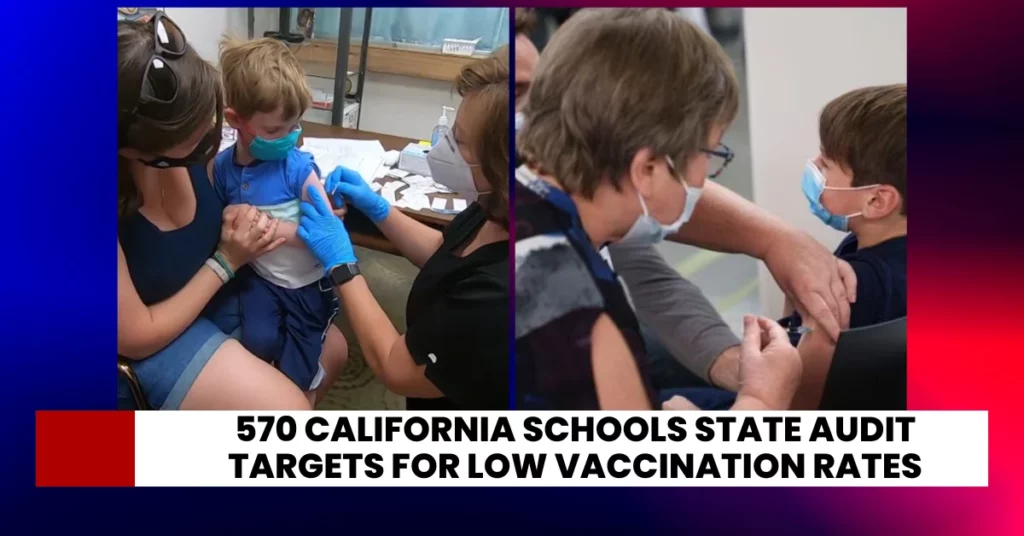Swedish researchers discovered that months after contracting even a minor COVID-19 infection, the chance of developing major bleeding or even fatal blood clots increases.
While the hazards of post-COVID clotting are well established, it is less clear how long the risk persists and what can be done to avoid it.
The researchers compared the medical records of 1 million persons who tested positive for the virus in Sweden between February 2020 and May 2021 to 4 million uninfected counterparts.
For two months after testing positive for the virus, bleeding rates were increased, and there was a substantial risk of forming blood clots deep in the legs for 70 days following COVID-19.
For nearly four months, the risk of pulmonary embolism, in which a clot goes to the lungs and can kill, was dramatically increased, according to a paper published in the British medical journal BMJ.
“Despite the possibility of new variants of concern, the majority of governments are removing restrictions and refocusing their efforts on figuring out the best way to ‘live with Covid,'” Frederick Ho and Jill Pell of the University of Glasgow’s Institute of Health and Wellbeing wrote in an editorial.
The researchers stated that the discovery “reminds us of the critical need to remain attentive for problems associated with even moderate SARS-CoV-2 infection,” the researchers stated.
The researchers concluded that the findings justify blood thinners to avoid clotting, particularly in high-risk patients, and emphasize the need for immunization.
Additionally, the study discovered that the dangers decreased with time since future COVID-19 outbreaks had fewer consequences than the original wave of sickness.
Also check: The total number of COVID cases in California approaches 8.5 million.
The risk of bleeding was nearly doubled in COVID-19 patients one month after infection, while the risk of blood clots called deep vein thrombosis was about fivefold, the study revealed.
Pulmonary embolism was the most common complication, accounting for 1,761 incidents in the 30 days following infection, compared to just 171 in the larger group of persons who did not get the virus.
While the risk was greatest for individuals with pre-existing health disorders and those with the most severe infections, the fact that many more people have minor instances implies that they should also be vigilant, the experts added. Vaccination, doctors say, may help reduce the clotting problem.
“Vaccination can reduce the overall risk of infection both by preventing infection and by reducing the severity of infection once it occurs,” they wrote.




